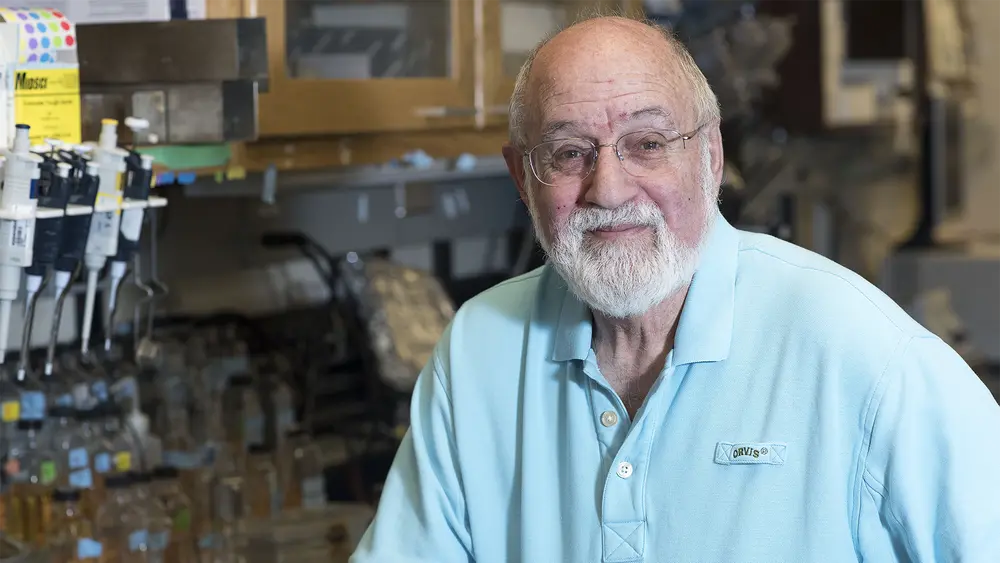
The Cronan lab recently published a paper in PNAS titled “Protein moonlighting elucidates the essential human pathway catalyzing lipoic acid assembly on its cognate enzymes.”
Lipoic acid is an essential cofactor for certain key metabolic enzymes. It is a helper molecule that enables enzymes to carry out their function. Human disorders in lipoic acid synthesis result in disruption of mitochondrial function, decreased energy production, toxic accumulation of certain amino acids and death generally soon after birth.
The pathways whereby lipoyl groups are assembled on enzyme proteins have been previously characterized by the Cronan lab in E. coli and Bacillus subtilis and others have shown that Staphylococcus aureus mimics the latter pathway. All three organisms follow similar pathways- the lipoic acid precursor is attached to a protein and then modified to form the functional lipoyl cofactor. However, the number of enzymes involved and the order of assembly differs in each organism. In E. coli each protein that requires the lipoyl group is individually modified. However, B. subtilis and S. aureus the lipoyl groups are assembled on the H protein, which is also involved in the breakdown of glycine, and then transferred to the other enzymes. In humans genetic disorders identified three proteins required for lipoyl assembly - LIAS, LIPT2, and LIPT1. Of these, the function of LIPT1 was poorly understood and was thought to have a role in the uptake of dietary lipoic acid. Also the function of LIPT2 was only hypothesized. Direct biochemical assays with purified enzymes done by the Cronan lab showed that similar to B. subtilis, LIPT1 transfers the lipoyl group from the central H protein onto other lipoic acid-dependent enzymes whereas LIPT2 is responsible for attachment of the lipoyl precursor to the H protein. Therefore, their findings explicitly define the pathway involved in human lipoic acid assembly and fully explain the genetic disorders.
